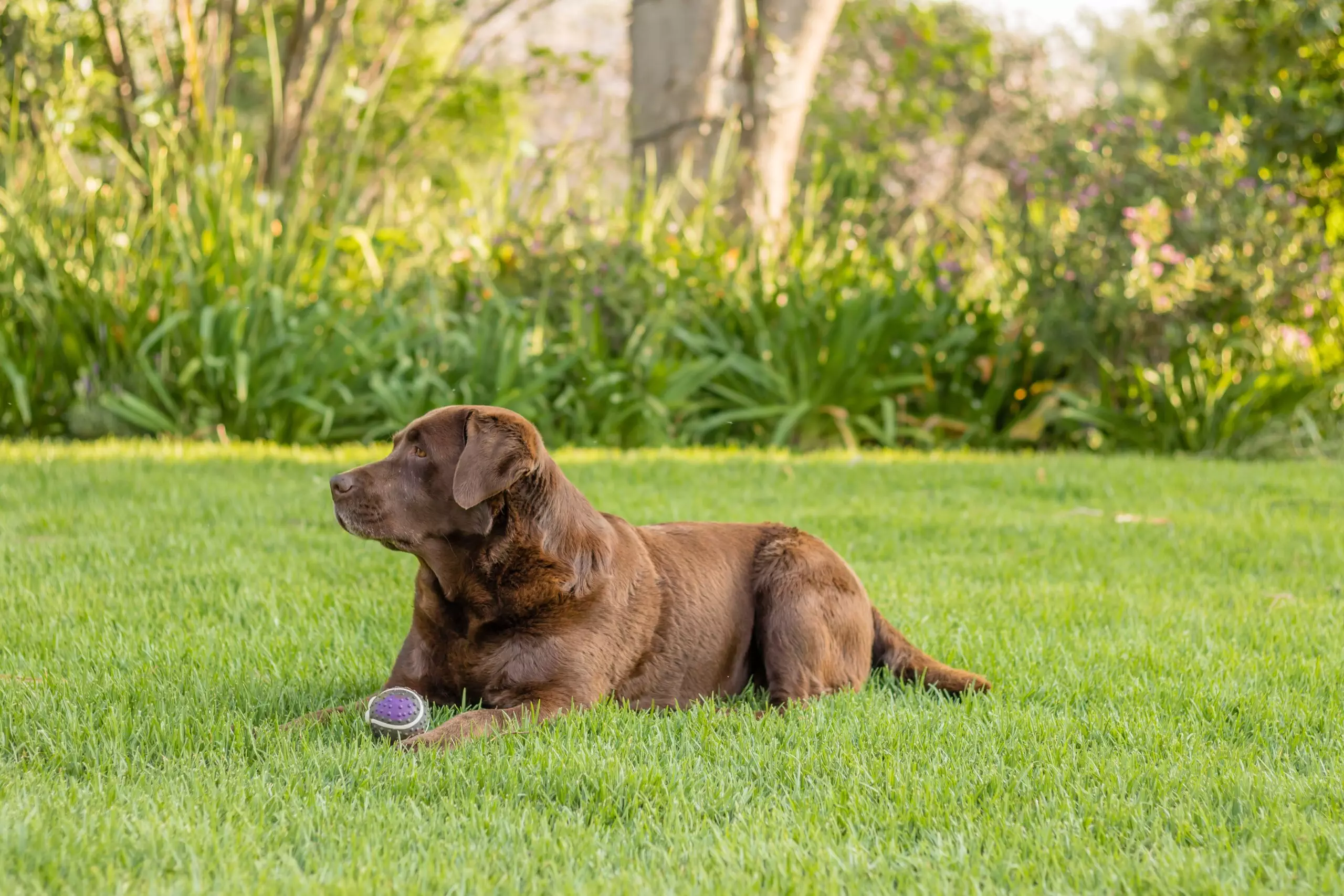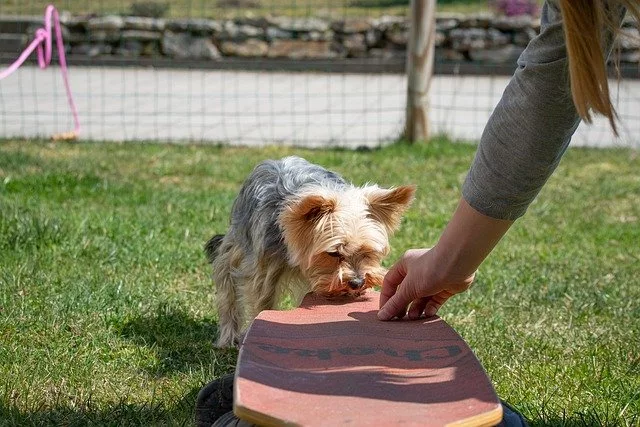Hello there! If you’ve been struggling with getting your puppy to stop whining, you’ve come to the right place. In this article, we’ll explore various tips and techniques to help address the root cause of your puppy’s whining behavior and ultimately stop it in its tracks. From understanding why dogs whine to implementing positive reinforcement training methods, we’ve got you covered. Say goodbye to the incessant whining and hello to a more peaceful and harmonious relationship with your furry companion. Let’s dive in and discover how to get your puppy to stop whining!
Have You Ever Wondered Why Your Puppy Whines So Much?
Hey there! Are you dealing with a puppy that just won’t stop whining? We know how frustrating it can be, but before we dive into solutions, let’s take a moment to understand why puppies whine in the first place. Puppies use whining as a way to communicate their needs and feelings. It can be a way of seeking attention, expressing anxiety, or simply trying to communicate that they are hungry, tired, or in need of a bathroom break.
Understanding the Root Causes of Your Puppy’s Whining
Now that we know why puppies whine, let’s delve deeper into the specific reasons why your furry friend might be expressing themselves in this way. Here are some common causes of puppy whining:
Attention-Seeking Behavior
Puppies are social creatures and love being around their human companions. If your puppy is feeling lonely or seeking attention, they might resort to whining to get you to interact with them.
Separation Anxiety
Puppies, especially those that are new to your home, might experience separation anxiety when separated from their owners. This can lead to excessive whining as they try to cope with the distress of being alone.
Discomfort or Pain
If your puppy is whining excessively, it could be a sign that they are experiencing discomfort or pain. It’s essential to rule out any medical issues that could be causing your puppy to whine.
Fear or Anxiety
Puppies, like humans, can feel fear and anxiety in certain situations. Loud noises, unfamiliar environments, or interactions with new people or animals can trigger whining as a response to their perceived threat.
How to Address Attention-Seeking Behavior
If your puppy is whining to get your attention, there are several ways you can address this behavior:
Ignoring the Behavior
Sometimes, the best way to address attention-seeking whining is to ignore it. By not rewarding your puppy with attention when they whine, you can teach them that whining is not an effective way to get what they want.
Providing Positive Reinforcement
On the flip side, you can reinforce positive behaviors such as sitting quietly or playing calmly by giving your puppy attention, treats, or toys. This will help them understand that good behavior is rewarded.
Ensuring Adequate Exercise and Mental Stimulation
Puppies have lots of energy and need regular exercise and mental stimulation to keep them content and calm. Make sure your puppy gets enough playtime, walks, and interactive toys to prevent boredom and attention-seeking behavior.
Tips for Dealing with Separation Anxiety
If your puppy is experiencing separation anxiety and whining when left alone, here are some strategies to help them cope:
Gradual Desensitization
Help your puppy get used to being alone by gradually increasing the time you spend away from them. Start with short intervals and slowly build up to longer periods to help them feel more comfortable when you’re not around.
Comfort Items
Provide your puppy with comforting items such as a favorite toy, blanket, or piece of clothing that smells like you. These familiar scents can help reduce their anxiety and provide a sense of security while you’re away.
Crate Training
Consider crate training your puppy as a safe space where they can feel secure and relaxed. Make the crate a positive environment by providing treats, toys, and cozy bedding to make it a comfortable place for your puppy to retreat to when needed.
Addressing Discomfort or Pain
If you suspect that your puppy’s whining is due to discomfort or pain, it’s essential to consult with your veterinarian to rule out any underlying medical issues. Your vet can perform a thorough examination and recommend appropriate treatment to address your puppy’s health concerns.
Techniques for Easing Fear and Anxiety
If your puppy is whining due to fear or anxiety, here are some techniques to help them feel more secure and calm in stressful situations:
Desensitization and Counterconditioning
Gradually expose your puppy to the triggers that cause fear or anxiety in a controlled and positive way. Pair these experiences with treats, praise, and play to help your puppy associate them with positive outcomes.
Create a Safe Environment
Provide a safe and secure environment for your puppy to retreat to when they feel anxious or fearful. This could be a quiet room, a crate, or a cozy corner with their favorite toys and blankets to help them feel protected and relaxed.
Calming Supplements or Products
Consider using calming supplements, pheromone diffusers, or anxiety-reducing products designed for pets to help your puppy relax in stressful situations. These products can provide support in managing fear and anxiety-related whining.
Positive Reinforcement Training Techniques
When it comes to addressing your puppy’s whining behavior, positive reinforcement training techniques can be highly effective in promoting good behavior and reducing unwanted whining. Here are some tips for implementing positive reinforcement training:
Reward Good Behavior
Whenever your puppy exhibits calm and quiet behavior, be sure to reward them with treats, praise, or attention. This positive reinforcement will help your puppy understand that being quiet is desirable behavior.
Consistency is Key
To effectively train your puppy to stop whining, consistency is crucial. Make sure that everyone in your household follows the same training techniques and enforces the same rules to avoid confusion and mixed signals.
Use Training Commands
Teach your puppy simple commands such as “quiet” or “settle” to redirect their attention and encourage calm behavior. By using consistent commands and positive reinforcement, you can shape your puppy’s behavior over time.
Seeking Professional Help and Guidance
If you’ve tried various training methods and techniques to stop your puppy from whining without success, it may be time to seek professional help from a certified dog trainer or behaviorist. These experts have the experience and knowledge to assess your puppy’s behavior and provide personalized training plans to address their whining effectively.
Conclusion
Dealing with a puppy that won’t stop whining can be challenging, but with patience, understanding, and the right training techniques, you can help your furry friend overcome this behavior. By addressing the root causes of your puppy’s whining and implementing positive reinforcement training, you can teach your puppy to communicate their needs more effectively and lead a happier, well-balanced life. Remember, every puppy is unique, so be patient and consistent in your training efforts to see positive results. Good luck, and happy training!





